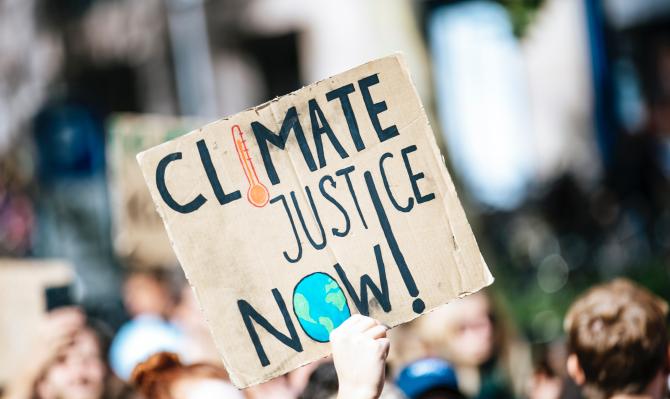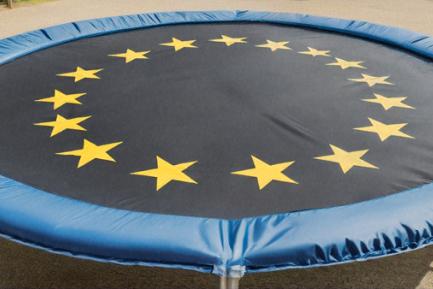NGEU funds: what is the status of their implementation at the European level?
Almost five years have passed since the historic agreements to finance the EU’s largest joint economic stimulus programme were reached. The Next Generation EU (NGEU) funds were designed with the dual target of helping to overcome, in the short term, the adverse effects of the COVID-19 pandemic and, in the medium term, to support the structural transformation of the European economy. Here, we review what has been achieved to date and what remains pending.
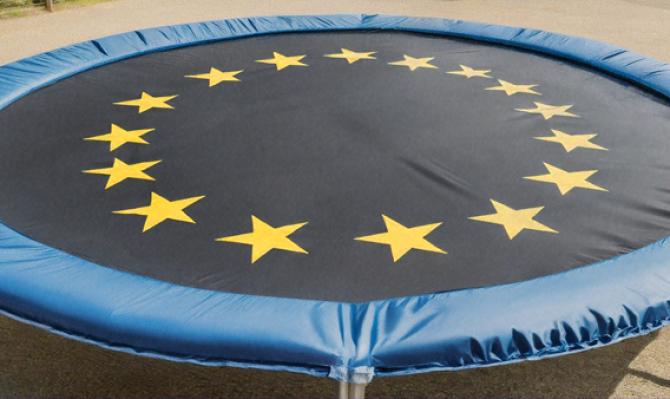
The cornerstone of the NGEU funds was the creation of the Recovery and Resilience Facility (RRF), initially endowed with around 725 billion euros in grants and loans for investments and reforms structured into six pillars of action: green transition, digital transformation, sustainable growth, cohesion, resilience and youth. Unlike traditional European funds, with a cost-justification approach, this instrument involves the transfer of resources conditional on Member States achieving a series of milestones and targets that are defined in their Recovery and Resilience Plans (RRPs).
According to the RRF tracking tool,1 the European Commission has thus far disbursed 306 billion euros.2 This represents around 50% of the total volume of the final allocation of funds,3 and it includes 67 billion as pre-financing and 239 billion disbursed as a result of 64 requests for payment filed by Member States. These funds correspond to the achievement of 28% of the set of milestones and targets included in all the national RRPs. Consistent with the initial design of the plans and the goal of strengthening the complementary nature of the two types of measures, the relative progress is greater in the reforms (39%) than in the investments (21%).4
By country, the progress varies widely (see first chart). Focusing on Member States with a greater relative allocation of funds relative to their GDP, Italy and Croatia show the highest percentage of milestones and targets achieved, at around 40%, followed by Portugal, Spain, Greece and Poland, with around 30%. At the opposite end of the spectrum, the progress is most limited in Romania and Bulgaria (below 15%), while Hungary has not yet made any request for disbursements (although it has received pre-financing funds).
- 1. See European Commission. «Recovery and Resilience Scoreboard».
- 2. €197 billion in the form of grants and €109 billion in loans.
- 3. A total of €650 billion, including the request for 76% of the available loans and an additional €22 billion in grants for reforms and investments related to the REPowerEU Plan, approved in 2022, in response to the invasion of Ukraine and the associated energy shock.
- 4. More details are provided in the annual reports of the RRF, the latest of which was published in October 2024.
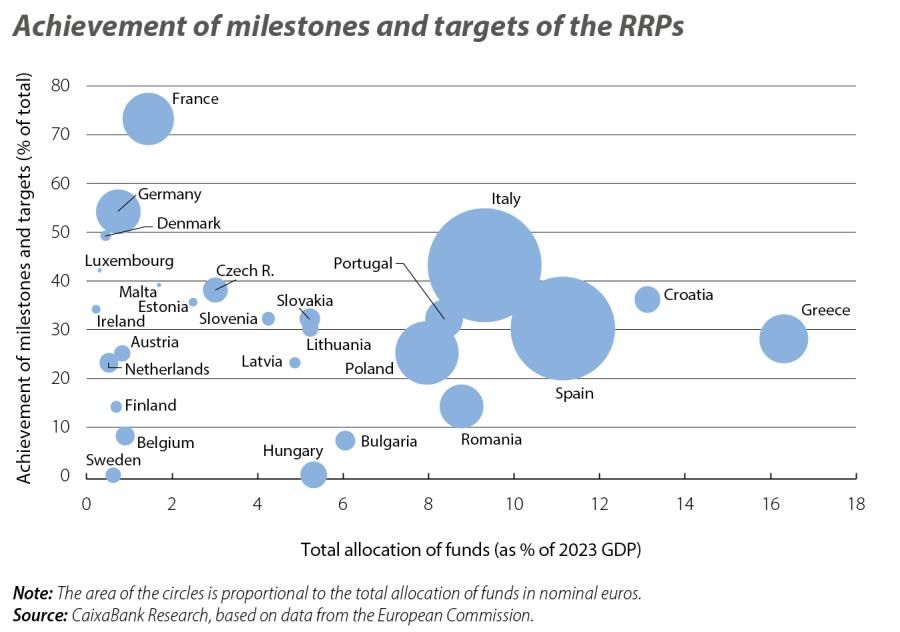
The independent study for the mid-term evaluation of the RRF published in 20245 noted the incipient nature of the deployment of the investments, which focus on the dual green and digital transition.6 It also highlighted the reforms undertaken in the spheres of the labour market, social protection and education (with particular mention of the 2021 labour reform in Spain and its role in reducing temporary employment in the private sector), general government, governance and justice (such as those in Italy and Croatia), as well as regulatory simplification and incentives for investments in renewable energy, sustainable transportation and the development of 5G and broadband (e.g. in Italy, Germany and Belgium).
Despite the progress made, the implementation of the RRPs has been slower than originally planned (see second chart). The almost 2,000 milestones and targets achieved so far represent around 60% of those anticipated for this point in the programme under the initial plans adopted in 2021-2022. Among the explanatory factors, the mid-term evaluation of the RRF emphasises a limited administrative capacity to absorb a high volume of funds, and this has been exacerbated by the frequent changes that have been made to the initial RRPs.7 The escalation of prices following the invasion of Ukraine has also had a negative impact, having depreciated the value of the amount allocated to the funds by around 10% compared to the initial forecast,8 with construction materials experiencing a particularly sharp price rally.
- 5. F. Corti, D. Nigohosyan, C. Pancotti and S. Millard (2023). «Study supporting the mid-term Evaluation of the Recovery and Resilience Facility», European Commission.
- 6. According to the regulation, a minimum of 37% of the funding assigned in the RRPs should be allocated to the green transition and a minimum of 20% to the digital transformation.
- 7. In order to simplify and accelerate these amendments, the European Commission updated its guidance to Member States in July 2024.
- 8. We take as a benchmark the cumulative deviation of the GDP deflator in the period 2022-2024 compared to the European Commission’s autumn 2021 forecasts.
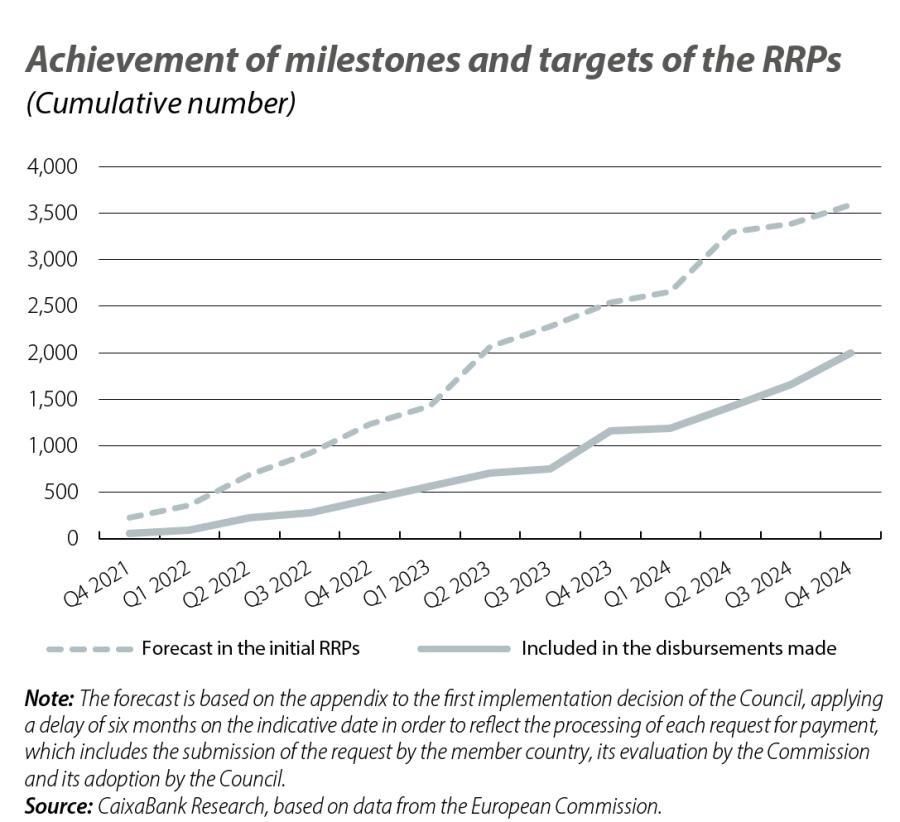
In short, we see that there still remains much to be done in the execution of the NGEU funds, including for those countries that show greater progress so far. This will require the planned reforms and investments to be accelerated, but maintaining a necessary balance with the importance of the measures taken.9 Improving the EU’s capacity for future economic growth is well worth the effort.
- 9. See the article «NGEU funds: what can we say about their impact and future challenges?» in this same Dossier.
- 1. See European Commission. «Recovery and Resilience Scoreboard».
- 2. €197 billion in the form of grants and €109 billion in loans.
- 3. A total of €650 billion, including the request for 76% of the available loans and an additional €22 billion in grants for reforms and investments related to the REPowerEU Plan, approved in 2022, in response to the invasion of Ukraine and the associated energy shock.
- 4. More details are provided in the annual reports of the RRF, the latest of which was published in October 2024.
- 5. F. Corti, D. Nigohosyan, C. Pancotti and S. Millard (2023). «Study supporting the mid-term Evaluation of the Recovery and Resilience Facility», European Commission.
- 6. According to the regulation, a minimum of 37% of the funding assigned in the RRPs should be allocated to the green transition and a minimum of 20% to the digital transformation.
- 7. In order to simplify and accelerate these amendments, the European Commission updated its guidance to Member States in July 2024.
- 8. We take as a benchmark the cumulative deviation of the GDP deflator in the period 2022-2024 compared to the European Commission’s autumn 2021 forecasts.
- 9. See the article «NGEU funds: what can we say about their impact and future challenges?» in this same Dossier.

